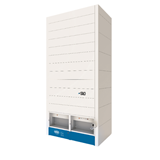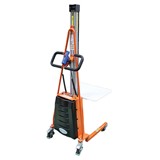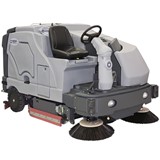The question is: what should you automate and can automation work hand-in-hand with people? This article provides general guidance to help steer you towards a successful balance.
Why automate?
The primary reason you should automate any or all of your manufacturing is to increase productivity. If robots can do a specific job faster and more efficiently than people can (and you can afford it), it makes economic sense to embrace the technology available. While this may come at the cost of unskilled jobs, many skilled jobs may be created to oversee the computers running your production line robots.
If your working environment is hazardous, this may be sufficient reason to automate in itself. Any machine that removes a human from an unhealthy, potentially dangerous working situation can only be seen as a positive whether production is increased or not.
Robots and people can make a great team
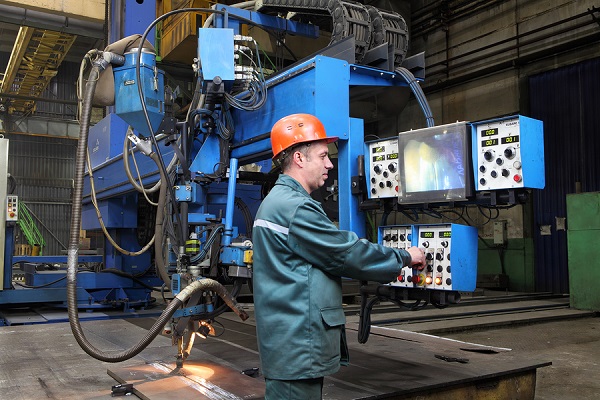
American carmakers once tried unsuccessfully to compete with their Japanese competitors with 'lights out' manufacturing. They hoped to create plants where they could quite literally turn the lights out and leave robots to build cars on their own. It failed dismally, largely because Japan's edge wasn't in automation, rather they employed lean production methods, which are largely people-based.
While 'lights out' automation has now been perfected and has its place on more mechanised production lines, your future as a manufacturer will still rely on people. Some of your machine operators will become machine minders. Other processes too intricate or varied for robots to manage will also need to be done by real people. So as your technology increases so will your need for new skill sets and new training.
Robots going cheap
While robots may save money in the long run, their initial cost and setup can be prohibitive for small and medium-sized companies. Yet a new generation of robots currently in development may change that and make advanced production line processes accessible to small companies. These robots will be cheaper and easier to install. Best of all, they won't replace people; rather they will work with them fetching and carrying and sorting and even cleaning up at the end of the day.
The challenge for developers is to create robots that can safely work beside people, unlike most current industrial models which still have to be in cages to meet health and safety regulations. If everything goes to plan, thousands of smaller manufacturers will soon have easy-to-use robots working with their workforce, not against them, and helping all factory floor workers to be more productive and profitable.

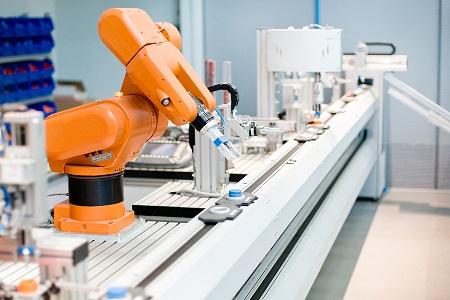



-160x160-state_article-rel-cat.png)











